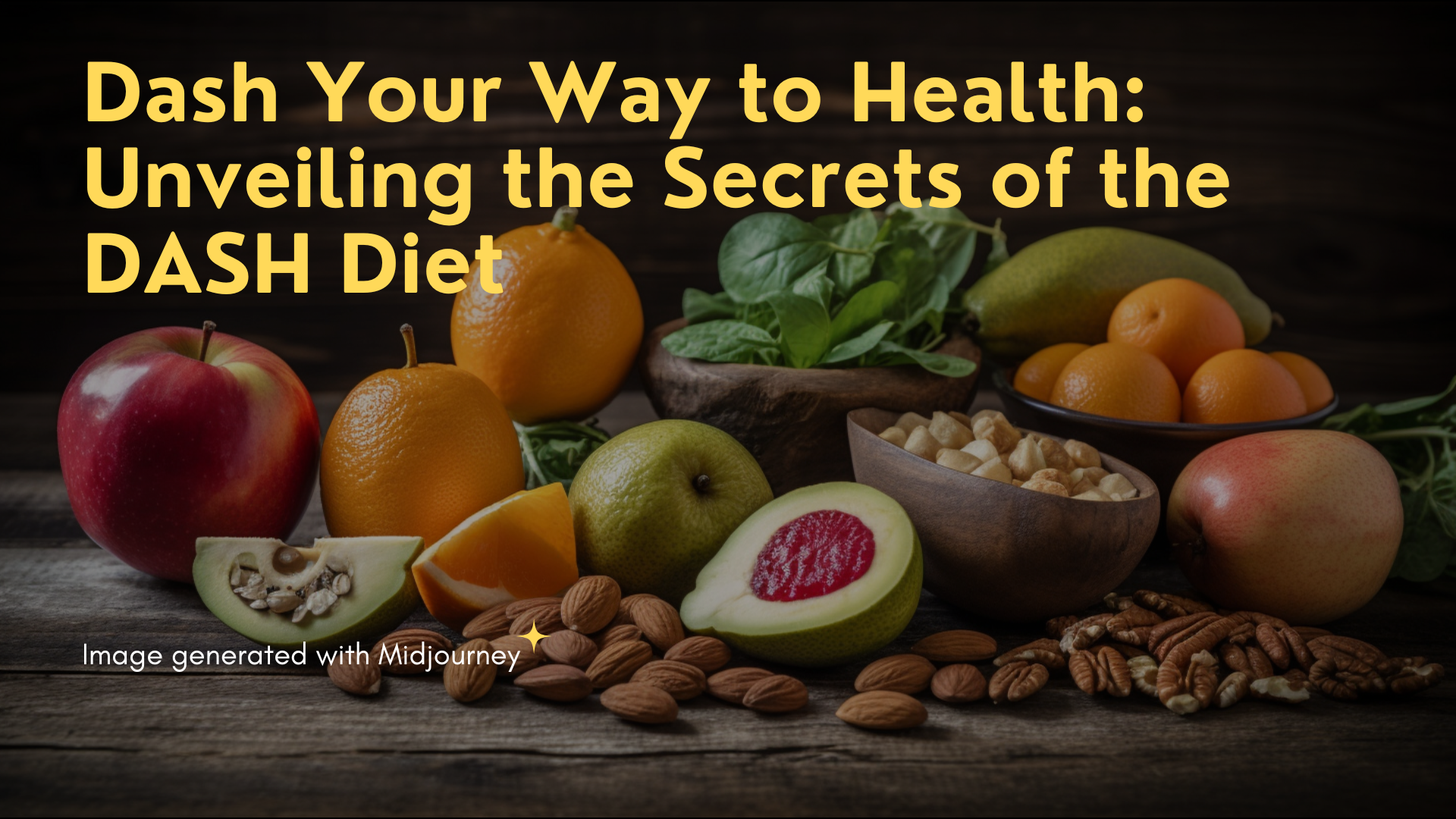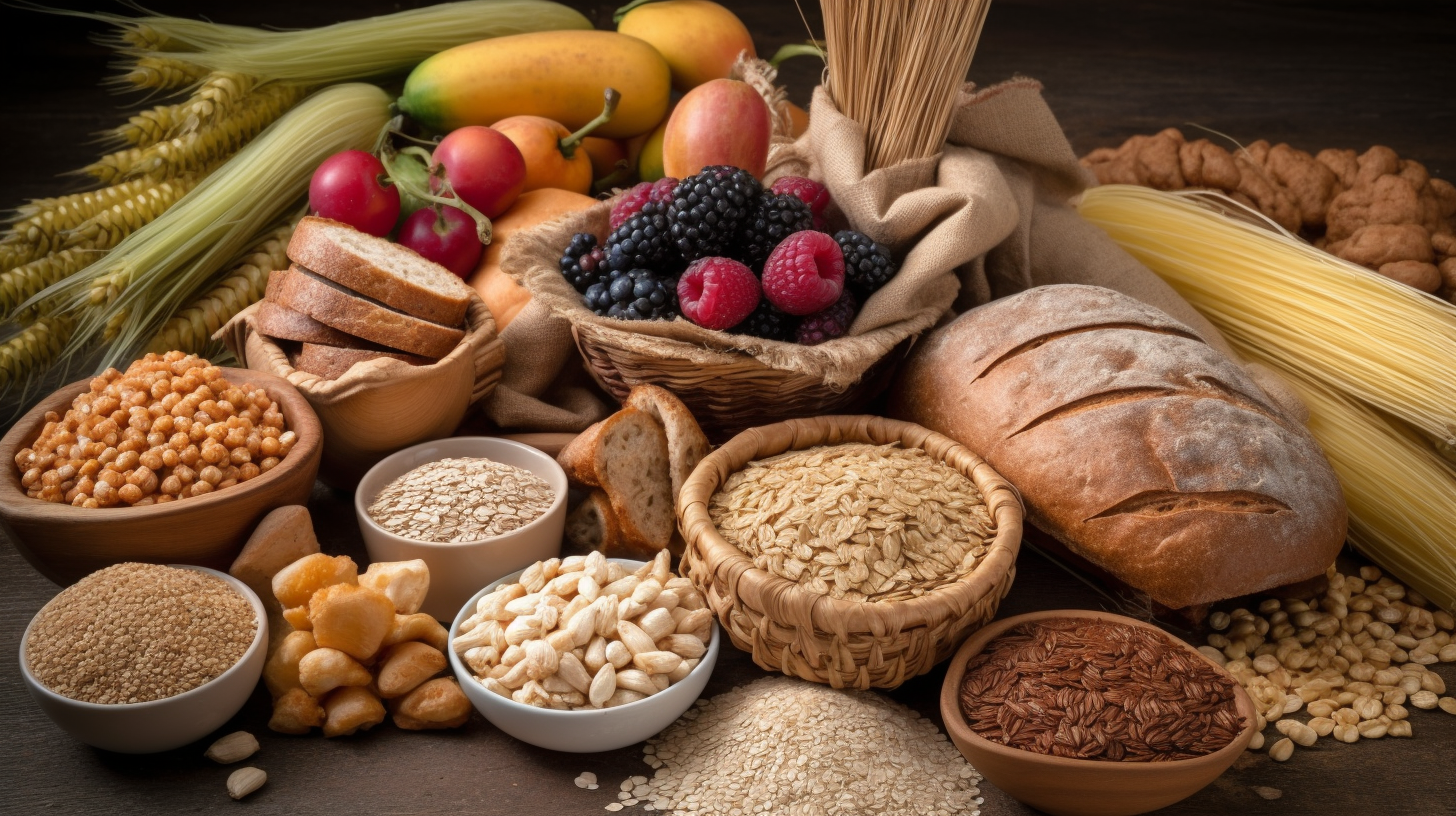Published Date January 24, 2003
The Power of Time-Restricted Eating for Optimal Health
By Naurin Ansari
3 min read
Last update date: January 24, 2003

In recent years, intermittent fasting has gained immense popularity as a powerful approach to weight management and overall health enhancement. This eating pattern involves alternating between fasting periods and eating windows, offering a range of potential advantages.
This blog aims to delve into the concept of intermittent fasting, explore suitable food choices during fasting periods, discuss different intermittent fasting methods, and provide guidance on post-fast eating.
Understanding Intermittent Fasting
Intermittent fasting is a unique eating pattern that involves alternating between fasting and eating periods. Unlike other dietary approaches that focus on specific food choices, intermittent fasting primarily emphasises the timing of meals and the quantity consumed. By adhering to predetermined schedules, individuals ensure that they eat only during appropriate times of the day, avoiding awkward or untimely eating habits. Common intermittent fasting methods include the 16/8 method, alternate-day fasting, and the 5:2 diet.
A comprehensive analysis of 40 studies conducted a systematic review and found that intermittent fasting is effective for weight loss. On average, participants experienced a notable reduction of 7-11 pounds over a span of 10 weeks. Apart from its weight management benefits, intermittent fasting has also been associated with improvements in insulin sensitivity, cellular repair, and other metabolic changes.[1][2]
Foods to Eat When Practising Intermittent Fasting
When following intermittent fasting, it's essential to prioritise certain foods to maintain a healthy diet. Here are some key points to keep in mind:
- Fibre-rich foods: Include vegetables like broccoli, Brussels sprouts, and cauliflower, which are high in fibre. These foods promote regularity and support a healthy digestive system.
- Nutrient-dense choices: Opt for whole, unprocessed foods that provide essential nutrients. Focus on lean protein sources such as poultry, fish, eggs, and plant-based proteins to meet your body's protein needs.
- Healthy fats: Incorporate sources of healthy fats like avocados, nuts, seeds, and olive oil. These fats contribute to overall health and can help you feel satisfied during your eating periods.
- Complex carbohydrates: Choose whole grains, vegetables, and fruits for your carbohydrate intake. These provide sustained energy and help you feel fuller for longer.
- Adequate hydration: Drink enough water throughout both fasting and eating periods to stay properly hydrated.
By including foods like water, avocado, fish and seafood, cruciferous veggies, potatoes, legumes and beans, berries, eggs, nuts, and whole grains, you can ensure a well-rounded and nourishing diet while practising intermittent fasting.[3][4][5]
How to Practise Intermittent Fasting
Intermittent fasting revolves around following a consistent eating pattern, although there are various popular variations of this approach. These include:
- 12-hour fasting: Fasting for 12 hours daily, typically including overnight sleep.
- 16-hour fasting: Fasting for 16 hours each day, often referred to as the 16/8 method, which involves restricting eating to an 8-hour window.
- 2-day fasting: Fasting for 2 non-consecutive days per week, with reduced calorie intake on fasting days.
- Alternate day fasting: Alternating between fasting days and regular eating days.
- Meal skipping: Skipping one or more meals during the day to create fasting periods.
- Weekly 24-hour fasting: Fasting for a full 24 hours once a week.
To begin intermittent fasting, it is recommended to gradually extend the fasting period by increasing the time between dinner and breakfast. Adjust the fasting and eating windows based on your body's hunger cues and select a fasting method that suits your goals and lifestyle. Consistency in following the fasting routine is crucial.
In addition to intermittent fasting, incorporating supporting strategies like engaging in physical activity, managing stress levels, and ensuring sufficient sleep can enhance the benefits of this eating pattern. Remember to listen to your body and make adjustments as needed.[3][6]
What to Eat After Intermittent Fasting
When ending a fast, it is advisable to prioritise foods with a lower glycemic index to avoid sudden spikes in blood sugar levels, which can contribute to issues like brain fog and digestive discomfort. Some recommended options for breaking the fast include easily digestible foods like smoothies, soups, broths, cooked vegetables, and fruits.
After initially breaking the fast with lighter foods, it is generally acceptable to transition to more substantial options that may be a bit more challenging to digest. This can include incorporating complex carbohydrates and protein sources, as well as raw vegetables.
It is important to approach breaking the fast mindfully. Begin with a small meal or snack that comprises a well-balanced combination of protein, healthy fats, and complex carbohydrates. Opt for lean protein sources like grilled chicken, fish, or tofu, and include fibre-rich carbohydrates from whole grains, fruits, and vegetables.
Adding healthy fats such as avocado, nuts, or olive oil promotes a sense of fullness and aids in nutrient absorption. Hydration is also crucial, so be sure to drink water and consider replenishing electrolytes with options like coconut water or herbal tea. [7]
Takeaway
Intermittent fasting provides a flexible and effective approach to improving health and managing weight. By understanding the principles of intermittent fasting, choosing nutrient-dense foods, following appropriate fasting methods, and nourishing the body after breaking a fast, you can harness the potential benefits of intermittent fasting for enhanced overall well-being. It is always advisable to consult a healthcare professional before significantly changing your diet or fasting routine.
References
- https://www.hopkinsmedicine.org/health/wellness-and-prevention/intermittent-fasting-what-is-it-and-how-does-it-work
- https://www.hsph.harvard.edu/nutritionsource/healthy-weight/diet-reviews/intermittent-fasting/#:~:text=A%20systematic%20review%20of%2040,11%20pounds%20over%2010%20weeks
- https://www.hopkinsmedicine.org/health/wellness-and-prevention/intermittent-fasting-what-is-it-and-how-does-it-work#:~:text=There%20are%20several%20different%20ways,day%20two%20days%20a%20week
- https://www.healthline.com/nutrition/what-is-intermittent-fasting#TOC_TITLE_HDR_2
- https://greatist.com/eat/what-to-eat-on-an-intermittent-fasting-diet#different-methods
- https://www.medicalnewstoday.com/articles/322293
- https://www.thesportreview.com/health-and-fitness/best-foods-to-eat-after-intermittent-fasting/#:~:text=Foods%20like%20smoothies%2C%20soups%2C%20broths,protein%20sources%20and%20raw%20vegetable
Keep reading

Embracing the Power of Monounsaturated Fats
By Naurin Ansari

The Protein Power
By Team Ariso

From Seed to Fruit: The Power of Watermelon
By Naurin Ansari

Navigating the DASH Diet for Optimal Health
By Naurin Ansari
Choose Healthy With Us.
Know the real truth about your food. Stay informed and healthy, for free.

Download the App Now
Certified nutritionists trust our food recommendations. Safe to say, so can you :)











